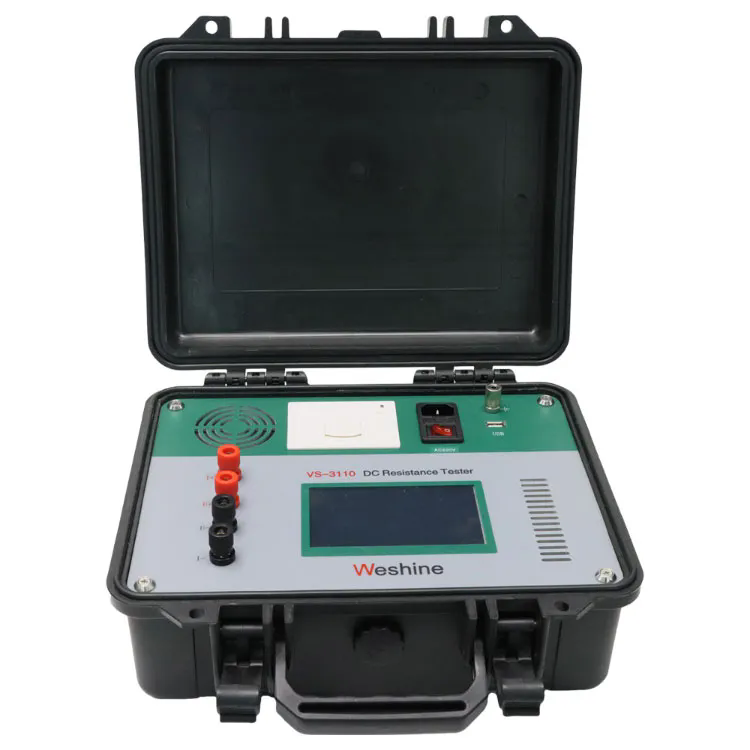Understanding the Winding Resistance Test of Transformers: A Key to Transformer Health
2024-08-14
Transformers are the backbone of electrical power systems, ensuring efficient energy transfer from one circuit to another. However, like any other electrical equipment, transformers require regular maintenance to ensure they operate efficiently and safely. One of the critical tests in transformer maintenance is the Winding Resistance Test. This blog will delve into what this test is, why it is important, and how it is performed.
What is the Winding Resistance Test?
The Winding Resistance Test is a diagnostic tool used to measure the resistance of the transformer windings. This test helps in detecting issues like loose connections, broken strands, or internal shorts within the windings. Essentially, the test measures the resistance that the electrical current encounters as it flows through the transformer's windings.
Transformers have multiple windings—typically a primary and secondary winding—that are crucial for the device's operation. Over time, these windings can develop faults due to aging, overheating, or mechanical stress. The Winding Resistance Test provides a way to assess the condition of these windings and ensure the transformer is functioning correctly.
Why is the Winding Resistance Test Important?
Performing the Winding Resistance Test is crucial for several reasons:
1. Detection of Manufacturing Defects: Even new transformers can have manufacturing defects like poor soldering or welding. The Winding Resistance Test can identify these issues before the transformer is put into service.
2. Identifying Deterioration: Over time, factors such as electrical overloads, mechanical shocks, and temperature fluctuations can cause the windings to deteriorate. Regular testing helps in detecting such deterioration early, preventing potential failures.
3. Ensuring Reliable Operation: By detecting potential problems before they lead to catastrophic failures, the Winding Resistance Test helps ensure the reliable operation of transformers, reducing the risk of costly downtime and repairs.
4. Verifying Maintenance and Repairs: After performing maintenance or repairs on a transformer, the Winding Resistance Test can be used to verify that the work was done correctly and that the transformer is ready to return to service.
How is the Winding Resistance Test Performed?
The Winding Resistance Test is usually performed using a micro-ohmmeter, a device designed to measure very low resistance values accurately. Here is a step-by-step overview of how the test is conducted:
1. Preparation: Before starting the test, the transformer must be de-energized and isolated from the power system to ensure safety. The test leads of the micro-ohmmeter are then connected to the terminals of the winding being tested.
2. Measurement: The micro-ohmmeter applies a DC current through the winding and measures the voltage drop across it. Using Ohm's law (R = V/I), the resistance is then calculated.
3. Recording and Analysis: The resistance values obtained are recorded and compared with the manufacturer's specifications or previous test results. Any significant deviation from the expected values may indicate a problem with the windings.
4. Temperature Correction: Since resistance varies with temperature, the measured values are usually corrected to a standard reference temperature, typically 20°C, to allow for accurate comparisons.
Conclusion
The Winding Resistance Test is an essential part of transformer maintenance, providing valuable insights into the health of the transformer's windings. By regularly performing this test, operators can detect potential problems early, ensuring the reliable operation of the transformer and extending its service life. Whether you're working with new transformers or maintaining existing ones, the Winding Resistance Test is a vital tool in your diagnostic toolkit.
Incorporating this test into your regular maintenance routine will help you avoid unexpected failures and ensure your transformers continue to operate at their best for years to come.



